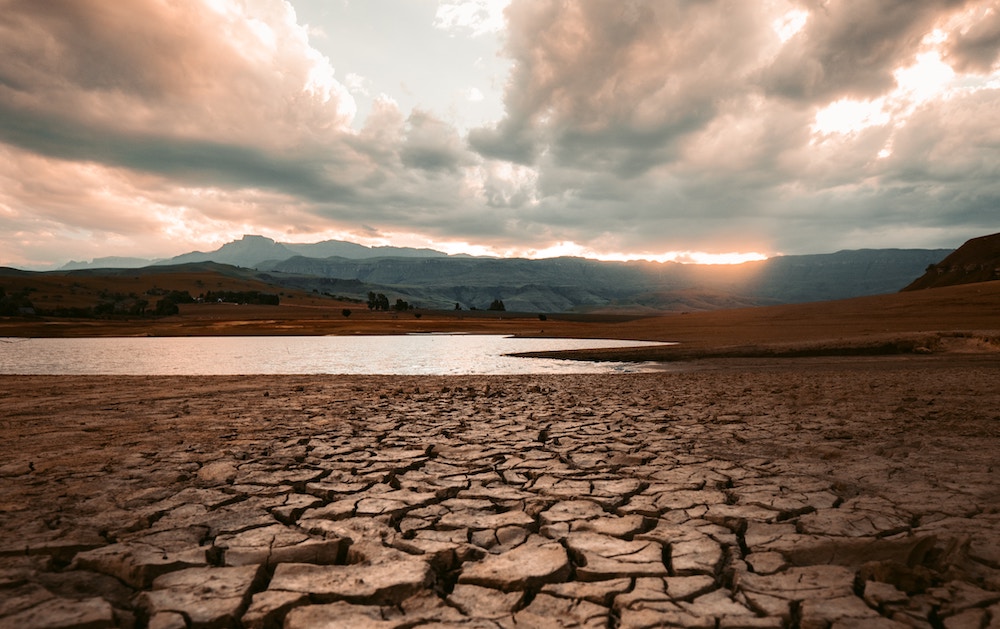
- Details
- By Tribal Business News Staff
- Energy | Environment
The Department of the Interior announced the availability of $16.5 million through the Bureau of Reclamation to address the water supply challenges faced by tribes affected by drought conditions.
The funds, accessible through Reclamation's Native American Affairs Program, aim to expand access to clean and reliable water supplies, particularly for tribes confronting drought-related threats to their homelands, food sources, and cultural resources. The program has previously backed a variety of projects, including irrigation initiatives, water systems for municipalities, industries, and rural areas, dam construction, safety measures, drought relief, emergency assistance, and planning studies.
In a statement, the Department of the Interior (DOI) encouraged tribes and tribal organizations in the 17 Western states covered by Reclamation to apply for the funding opportunities. Technical assistance grants and cooperative agreements are available up to $400,000, while emergency drought relief grants must demonstrate benefits within two years of the award date and completion within three years.
The maximum award per project is capped at $500,000, and the maximum total awards per Tribe are limited to $1 million. There are no matching requirements on the emergency grant funding, according to the DOI statement.
In the statement, Interior Secretary Deb Haaland emphasized the commitment to assisting tribal communities during severe drought conditions, utilizing the comprehensive tools and resources, including the historic investments from President Biden's agenda.
“Reclamation is committed to working with sovereign nations to mitigate the devastating impacts of drought while securing ongoing investments in Tribal water projects,” Reclamation Commissioner Camille Calimlim Touton said in a statement. “This year’s additional emergency drought funding has no cost-share or matching requirements, helping get dollars to Indigenous communities swiftly and leveraging near-term efforts to build drought resilience in the face of a changing climate.”
The announcement of the funding opportunity came during the Post-2026 Federal-Tribes-State partnership’s meeting — a new forum to enhance Tribal engagement and promote equitable information-sharing and discussion among the sovereign governments as the Department develops guidelines for the next several years of management of the Colorado River.
